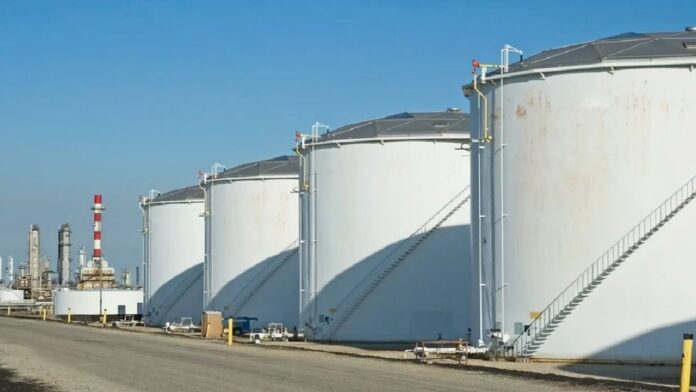LNG (Liquefied Natural Gas) storage tanks play a crucial role in the global energy industry, enabling the safe and efficient storage of natural gas in its liquid form. As LNG continues to gain prominence as a clean and reliable energy source, understanding the fundamentals of LNG storage tanks becomes essential. This comprehensive guide aims to provide everything you need to know about lng storage tank, including their types, design and construction, safety considerations, maintenance and inspection, operational best practices, and future trends. Whether you are a professional in the energy sector or an individual seeking knowledge about LNG storage, this guide will serve as a valuable resource to enhance your understanding of LNG storage tanks.
Types of LNG Storage Tanks
Above-ground LNG storage tanks are the most common type and are typically large, cylindrical structures. They provide easy access for maintenance and inspection, but their size can be challenging for urban environments.
Underground LNG storage tanks are buried beneath the ground, offering advantages in terms of space utilization and aesthetic considerations. However, construction and maintenance can be more complex.
Floating LNG storage tanks are used in offshore applications and are designed to store LNG on a floating vessel. They offer flexibility and mobility, enabling LNG to be transported to different locations as needed.
Design and Construction of LNG Storage Tanks
LNG storage tanks must be structurally robust to withstand extreme temperatures, seismic events, and other external forces. Design considerations include tank size, shape, and reinforcement.
Insulation is a crucial element of LNG storage tanks to minimize heat transfer and maintain the low temperature required for LNG storage. Cryogenic systems, such as cold insulation and vapor barriers, are employed to enhance insulation efficiency.
Due to the extreme conditions involved, materials for LNG storage tanks must possess exceptional strength and resistance to low temperatures. Common materials used include high-strength steel and specialized alloys.
Safety Considerations for LNG Storage Tanks
Fire and explosion hazards are a primary concern in LNG storage. Proper safety measures, including fire detection and suppression systems, are crucial to prevent accidents and protect personnel and infrastructure.
Leak detection systems are deployed to detect and locate any potential leaks in LNG storage tanks. Emergency shutdown systems ensure prompt response and isolation in case of emergencies, minimizing risks and damages.
Safety regulations and codes govern the design, construction, and operation of LNG storage tanks to ensure compliance with industry standards. These regulations address safety, environmental protection, and public health concerns.
Maintenance and Inspection of LNG Storage Tanks
Regular inspections are essential to identify any potential issues or defects in LNG storage tanks. These inspections typically include visual checks, non-destructive testing, and thickness measurements. They help detect corrosion, leaks, or any structural weaknesses that could compromise the tank’s integrity. It is recommended to follow industry guidelines and standards when conducting routine inspections.
To keep LNG storage tanks in optimal condition, maintenance strategies should be implemented. This includes regular cleaning, painting, and corrosion protection measures. Additionally, equipment and components such as valves, pipelines, and safety systems should be inspected and maintained to ensure their proper functioning. It is important to have a comprehensive maintenance plan in place to address any issues promptly and extend the lifespan of the tanks.
Conclusion
Understanding the intricacies of LNG storage tanks is crucial for ensuring the safe and efficient storage of LNG. From the various types of tanks to their design, construction, and operational considerations, this guide has provided a comprehensive overview. By following best practices, adhering to safety regulations, and staying updated with emerging trends, the industry can continue to advance the technology and sustainability of LNG storage tanks. With this knowledge in hand, professionals in the energy sector and individuals interested in LNG can contribute to the responsible and effective utilization of this valuable resource.











